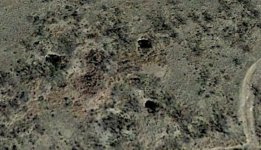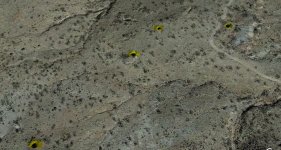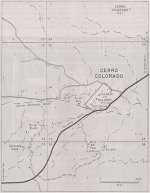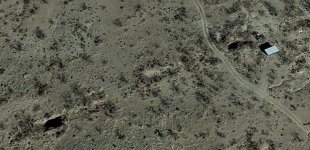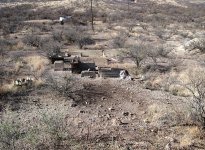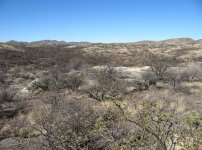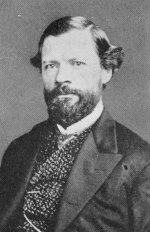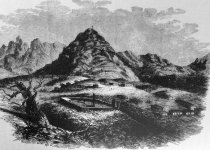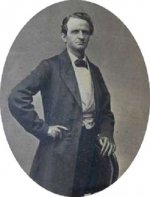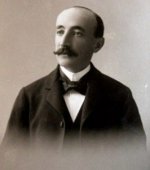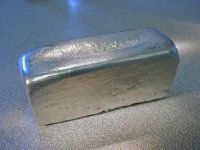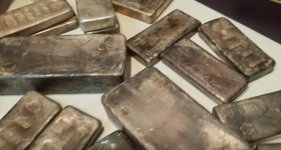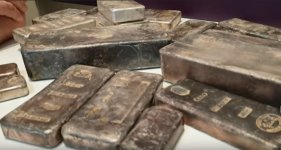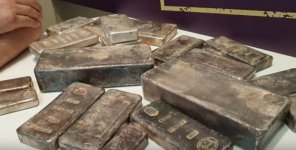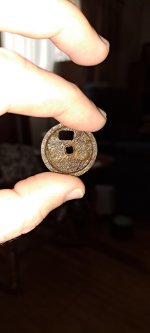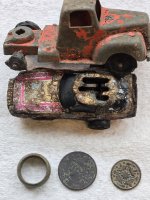lilorphanannie
Full Member
- Apr 19, 2008
- 173
- 517
[FONT="]The John Clark Silver mine, in the Cerro Colorado mining district in Pima County,Arizona. It is said that Mr. Clark left 40 tons of 2000 opt, silver ore in the mine. This was @ 1850. The shaft is about 125 feet deep. Information is that it was at some distance from the Heintzelman mine. Lat. 31.7000 Long. 111.2667 elevation 1177 meters. The mine is located on one of the great fault fissures in old andesite. It is reported that after a storm along these fault fissures one can find float assaying up to 6000 opt Ag. and 25% Cu. in the area are the Black Princess,Cerro Colorado, New Colorado, Liberty, Silver Shield,Mary G ,the Charles,the Silver Hill and the Colorado Clark (?) mine 31.6511 ,111.2847 mines. At worse case ,a potentially interesting place to metal detect. Washes are the Cerro Colorado,Papalote,Canez,Pesqueria and Calera. O ne can also obtain geological maps from the USGS to aid in identifying fault zones.[/FONT]


